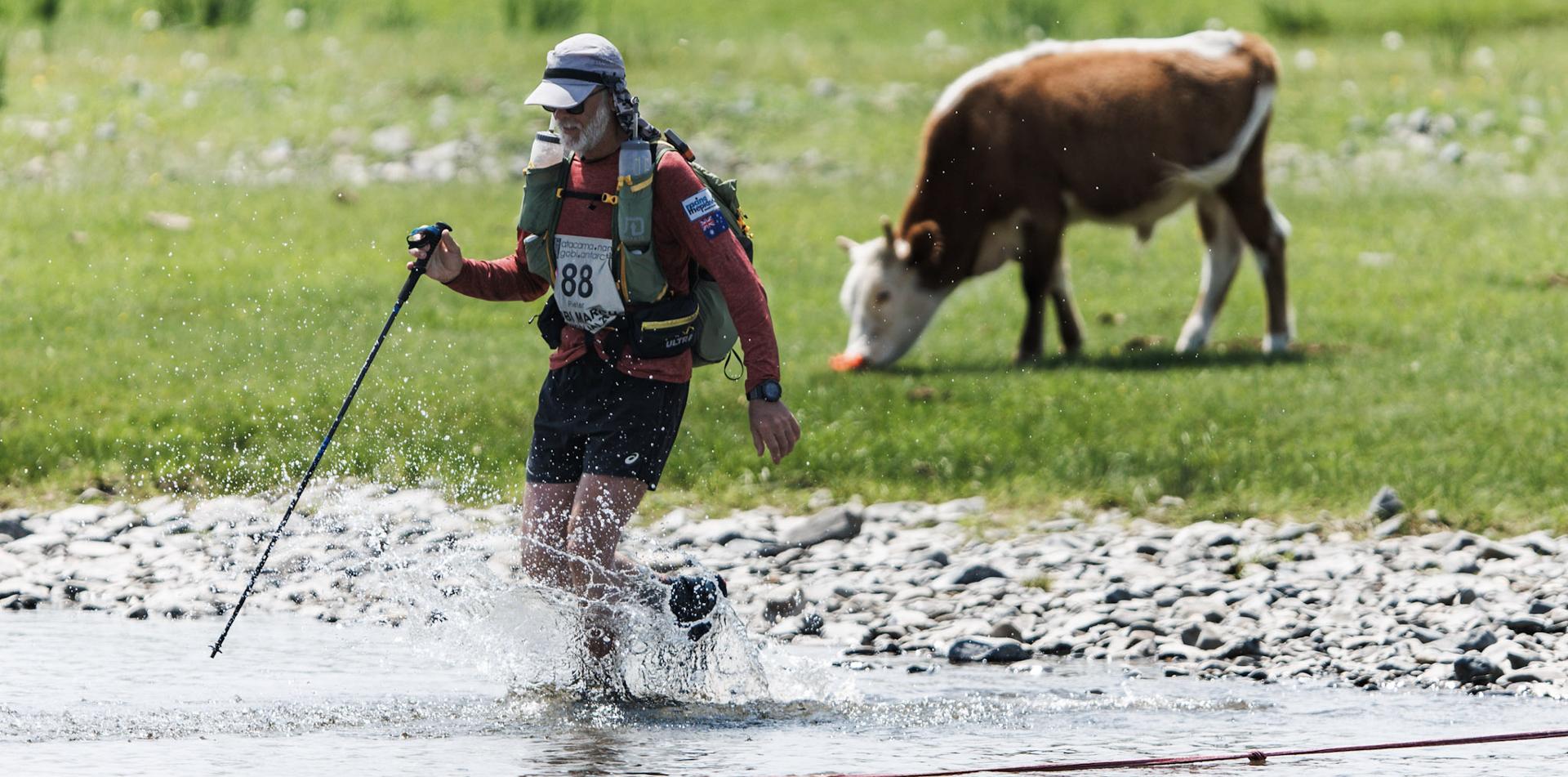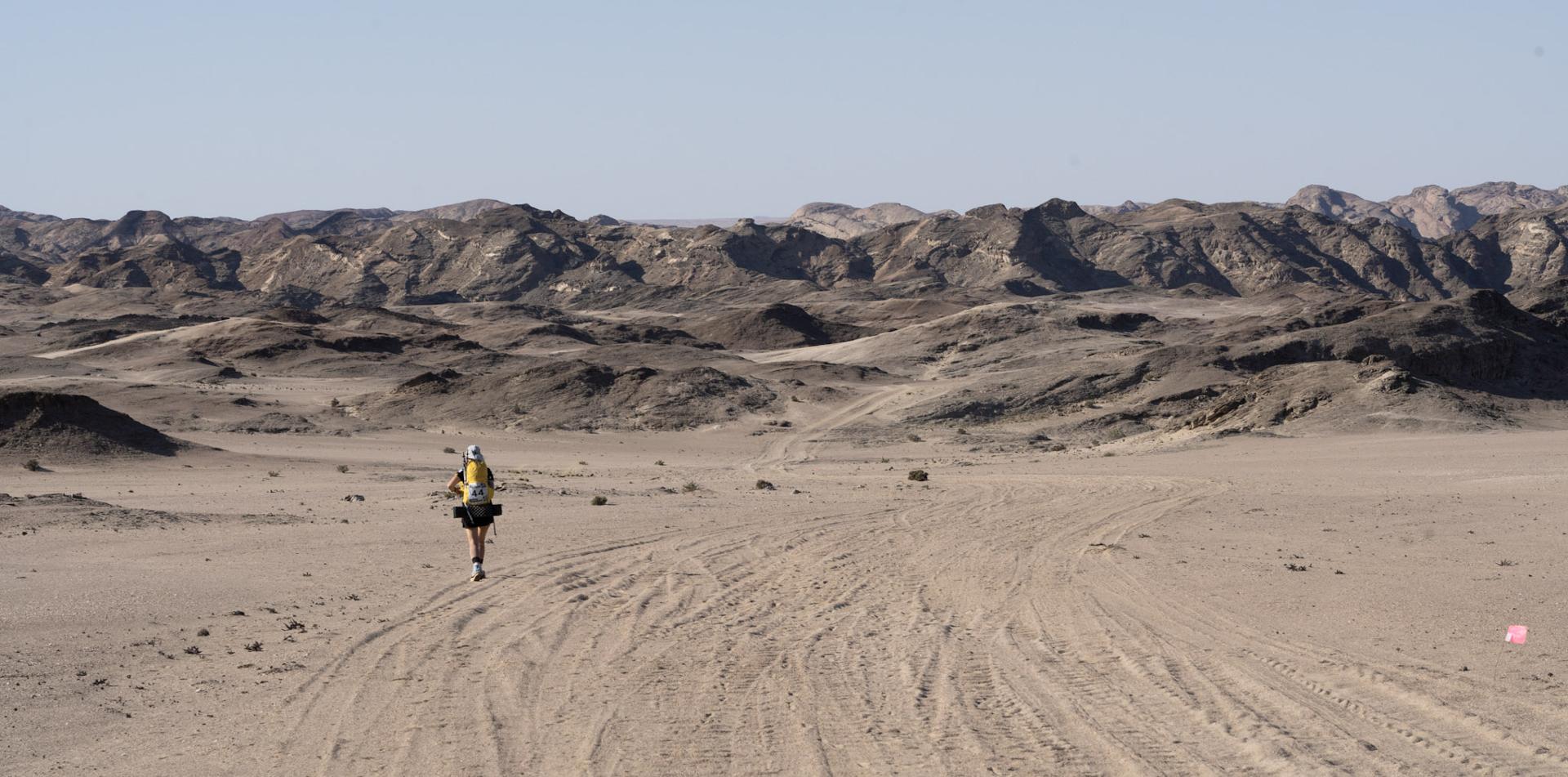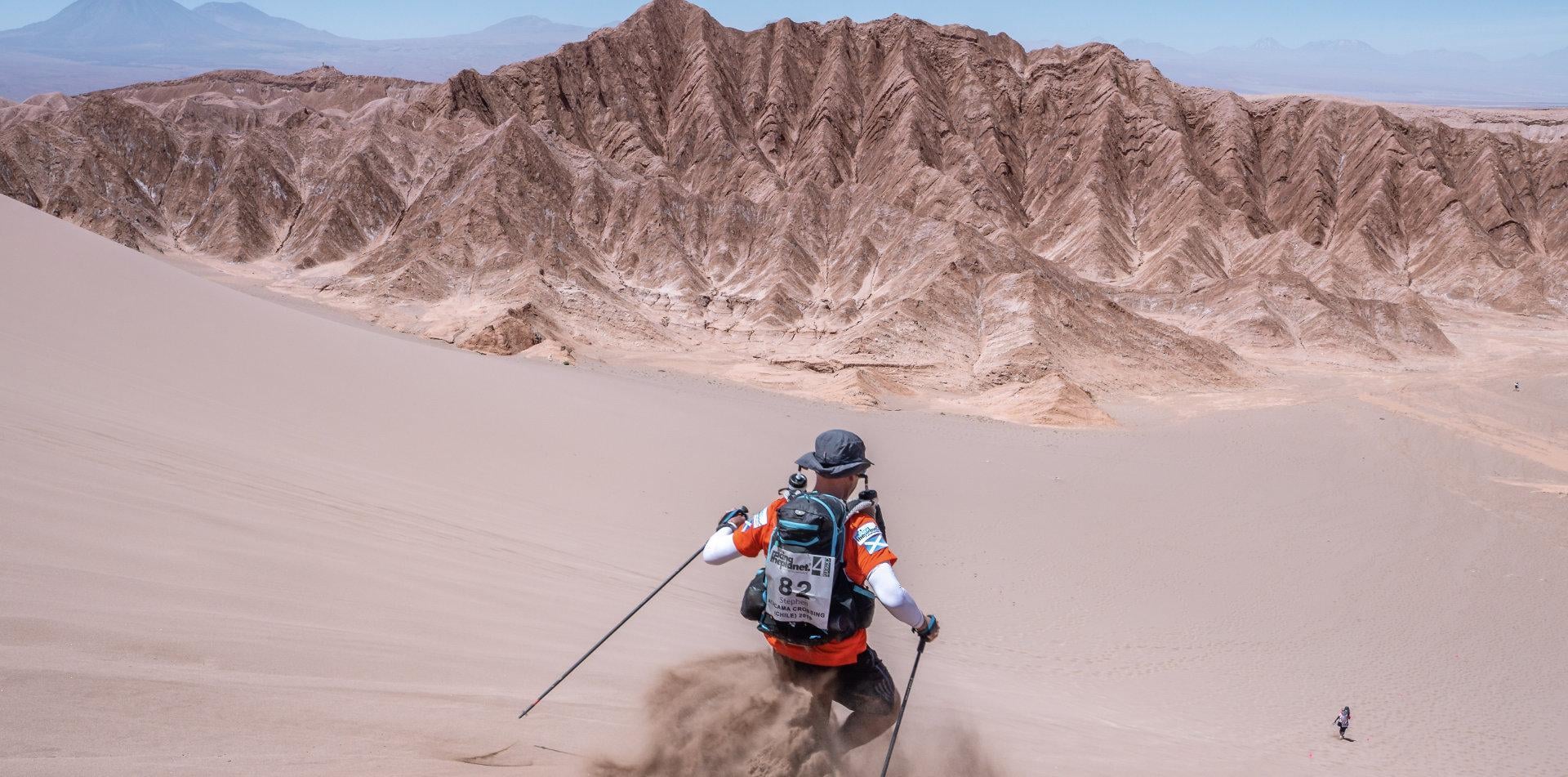Delayed Onset Muscle Soreness (Cramps): Myths and Realities
Everyone who tries any physical exercise will at some point experience Delayed Onset Muscle Soreness (DOMS). The symptoms typically start approximately 24 hours after the exercise, peak at about 48 hours, and resolve over the next few days, usually with complete recovery by 7 days after exercise. This is in contrast to immediate muscle pain that starts right after or during activity, and which may represent a muscle or bone injury. It is also in contrast to muscle fatigue during exercise. The intensity of DOMS varies greatly, ranging from a minor annoyance to debilitating and crippling pain that severely limits the athlete’s ability to function. Most of the time, these symptoms resolve on their own without intervention or significant complications, but in extreme cases can lead to dangerous muscle breakdown and kidney damage called rhabdomyolysis. Despite the prevalence of DOMS, we still do not know precisely what causes it, what we can do to make it go away faster, or what is needed to prevent it from occurring in the first place. Below, we will explore some myths and realities about DOMS in an attempt to wade through the murk that surrounds this difficult and common condition.
Do all types of exercise make me sore?
Myth. Turns out that most DOMS is actually caused by a specific type of muscle movement called an eccentric contraction. This is where your muscles contract (i.e., activate) but actually are stretched and get longer. This may sound impossible, but in fact it occurs all the time. For example, at one stage while walking or running, your quadriceps (thigh) muscles are activated (i.e., tensed), but your leg is flexing. This occurs as the forward leg is absorbing energy; that is, landing after a stride. During this, the quadriceps muscles are performing an eccentric contraction. This type of contraction causes very high forces in your muscles, leading to microscopic muscle tears and a phenomenon called “streaming of the z-disks,” and this plays a big role in the soreness that occurs after exercise.
Is DOMS caused by lactic acid buildup?
This is a myth. Lactic acid is a by-product of muscle metabolism when not enough oxygen is available or your muscles are unable to fully use the oxygen. Although it certainly can build up quickly in muscle, lactic acid dissipates on its own within about 1 hour after exercise and levels are not correlated with muscle pain. It is likely true that lactic acid build up is involved with the reduction in force and strength that occurs during or immediately after intense exercise, although this involvement is important mainly as a result of the exercise and indicator that the exercise was intense, rather than being a direct cause of discomfort. Another significant cause of DOMS is inflammation and edema formation after the muscle cells damaged by eccentric contractions start to leak and bring inflammatory cells to the rescue, which brings increased fluid and inflammatory substances into the muscle, leading to heightened pressure and pain.
No Pain, No Gain
This is true, kind of. DOMS tends to occur mostly at the introduction of a new activity, or after a significant work-out or ramping up of intensity. If you were to start a new exercise very slowly without any abrupt changes, you might not experience noticeable DOMS. On the other hand, eccentric contractions which lead to DOMS are also the most potent stimulator of muscle growth and strength, so if you are exercising enough to increase your strength, at times you will likely feel sore. Keep in mind that this soreness is different from the pain you would get with an acute injury (which can be caused by overuse), and that injured muscles will take more time to heal, and also heal best with rest.
Can I keep working out when I’m sore?
Mixed. Your muscles will be weaker and your proprioception will be less when you are experiencing DOMS. You may therefore be more likely to actually have a serious injury, as you will be less coordinated, less able to compensate for a misstep, and your other muscles may have to work harder to make up for the deficits of your sore ones. On the other hand, there is some evidence that gentle exercise during the peak of muscle soreness may be a particularly potent stimulator for muscle growth and strength.
Will stretching before or after exercise will keep me from getting sore?
This is a myth. Many researchers thought this was true, since muscles are more likely to spasm when sore, and stretching theoretically reduces spasm. When this theory was put to test, however, the evidence did not suggest that stretching - either before or after exercise - works to improve muscle soreness; in fact, it may be harmful. It is clear, however, that a warm up is important, but the warm up literally has to do with increasing the temperature of your body and muscles, not stretching. Warm muscles, not stretched ones, are less likely to be injured.
Will an ice bath after exercise keep me from getting sore?
Mixed. It is certainly true that classic RICE treatment (Rest, Ice, Compression and Elevation) will reduce swelling and reduce the metabolic rate of injured tissues due to blood vessel constriction, and this may result in a temporary reduction in symptoms. However, clinical studies have not been able to show consistently that it makes a significant difference with DOMS - as opposed to real muscle injury, where it does help. That said, if it works for you, ice baths probably do no harm. Massage after exercise has shown some hope for treatment and possibly prevention of DOMS, but once again, supportive data are minimal. Similarly, careful studies looking at most other modalities including ultrasound, electrical stimulation, hyperbaric oxygen, homeopathy, and compression have not consistently shown any effect on DOMS, but likely do not have a significant downside if they seem to work for an individual athlete.
Is taking ibuprofen the best way to avoid and treat DOMS?
Mixed. There have been some studies suggesting that ibuprofen or other non steroidal anti-inflammatory medications (NSAIDs) may result in significant improvement in discomfort from DOMS. However, it can be quite dangerous to take NSAIDs during heavy exercise as this can increase the likelihood of kidney damage and electrolyte shifts including low sodium levels which can lead to death. It is NOT recommended to take NSAIDs before or during an endurance event, although for symptomatic relief after an event, and taken in limited quantities, it may be effective. Because it reduces the inflammatory response, ibuprofen theoretically has the potential to reduce the strength gains that occur during the rebuilding phase of eccentric muscle injury, although data on this are also equivocal.
Summary and Recommendations:
- Everyone will likely experience Delayed Onset Muscle Soreness (DOMS) at some point or another, especially if you are active and training.
- DOMS is not caused by lactic acid build up.
- DOMS is best avoided by being well trained for your activity.
- There is no single best treatment for DOMS except time and patience, but if something seems to work for you, it is probably safe.
- Don’t take ibuprofen or other NSAIDs during or before exercise, it may hurt your kidneys and eventually your brain.
References:
Baker J, Cotter JD, Gerrard DF, Bell ML, Walker RJ. Effects of indomethacin and celecoxib on renal function in athletes. Med Sci Sports Exerc. 2005 May;37(5):712-7
Best TM, Hunter R, Wilcox A, Haq F. Effectiveness of sports massage for recovery of skeletal muscle from strenuous exercise. Clin J Sport Med. 2008 Sep;18(5):446-60.
Chang et al. Delayed Onset Muscle Soreness: Treatment Strategies and Performance Factors. Sports Med 2003, 33(2) 145-164. Herbert RD, de Noronha M Stretching to prevent or reduce muscle soreness after exercise. Cochrane Database Syst Rev. 2007 Oct 17;(4):CD004577.
Sellwood et al. Ice-water immersion and delayed onset muscle soreness: a randomized controlled trial. Br J Sports Med. 2007 41(6):392-7.







 Newsletter
Newsletter
 Online Store
Online Store






